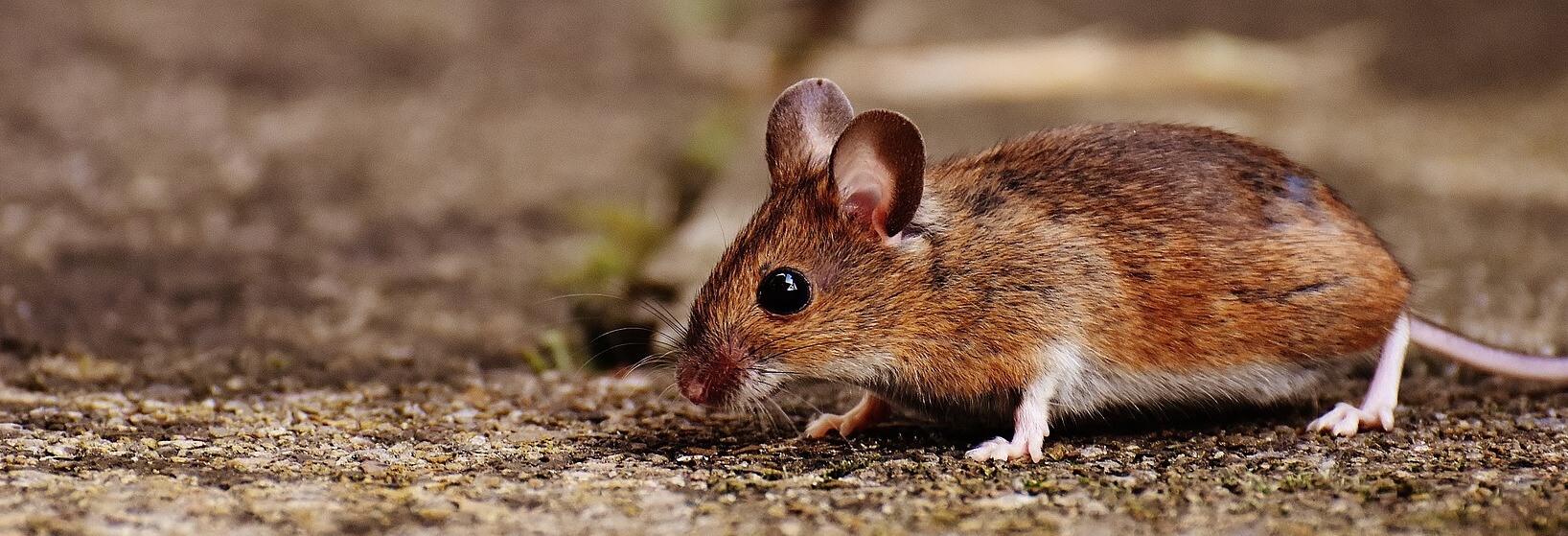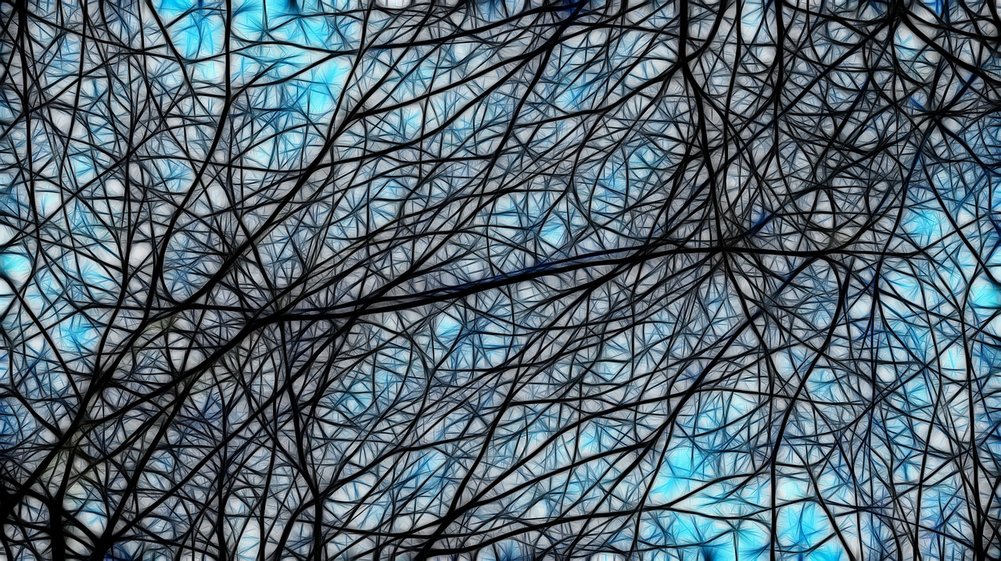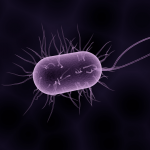Scientists have discovered a way to activate dormant predatory centers in mice using optogenetics, causing them to go rogue and revert to hunter-associated behavior. This was achieved with stimulation of a specific pair of neurons in the brain, providing a glimpse of how the predatory behavior could have evolved over millions of years.
Mice are considered very timid animals, a trait characteristic of hunted organisms which serves an important evolutionary role in their survival. However, researchers from Yale University now uncovered a darker side to our fuzzy friends, hiding dormant in the brain region called the amygdala, responsible for motivation and emotional processing. They reported their finding in the journal Cell.
“The animals become very efficient in hunting. They pursue the prey [a live cricket] faster, and they are more capable of capturing and killing it” explained Ivan de Arujo, senior author of the study.
The team elicited this uncharacteristic predatory behavior by stimulating two specific sets of neurons with optogenetic lasers. This caused the mice to go furious, bitting and snapping at everything on their path, from unsuspecting insects to sticks and bottle caps. The aggression also appeared to intensify the hungrier the animals got. Interestingly, they never attacked other mice, hinting at a clearly predatory-associated function of the stimulated brain region.
“When we stimulate [both sets of] neurons it is as if there is a prey in front of the animal. They assume the body posture and actions usually associated with real hunting.” De Araujo further elaborated.
Although turning mice into mind-controlled zombies might sound a little Orwellian, it could provide important insight into the evolution of predators and their aggressive behavior. Being predators ourselves, this also plays an important role in our biology and could help us better understand behavioral disorders still present today.
See the behavioral shift in mice while stimulated by the laser in the video bellow:
By Luka Zupančič, MSc, University of Applied Sciences Technikum Vienna











